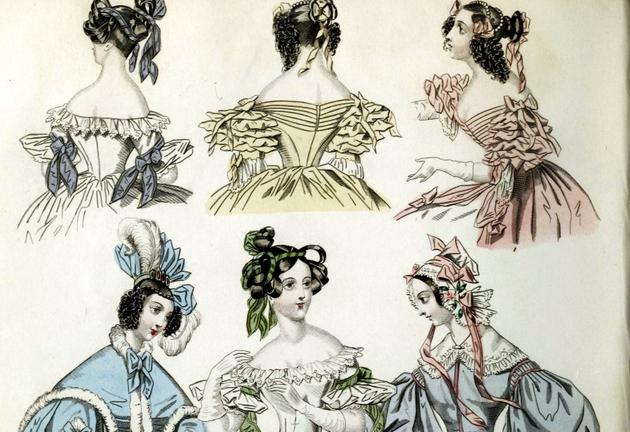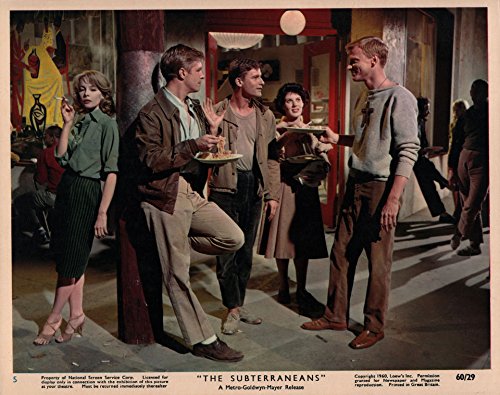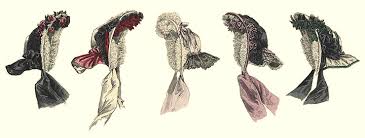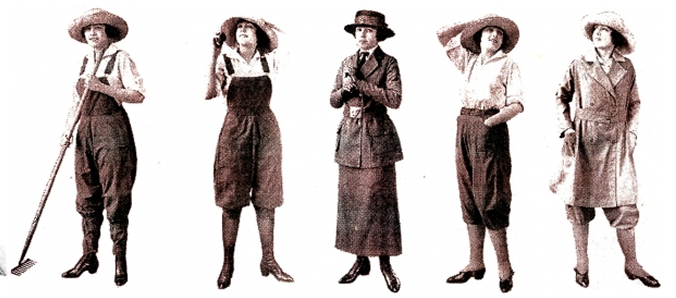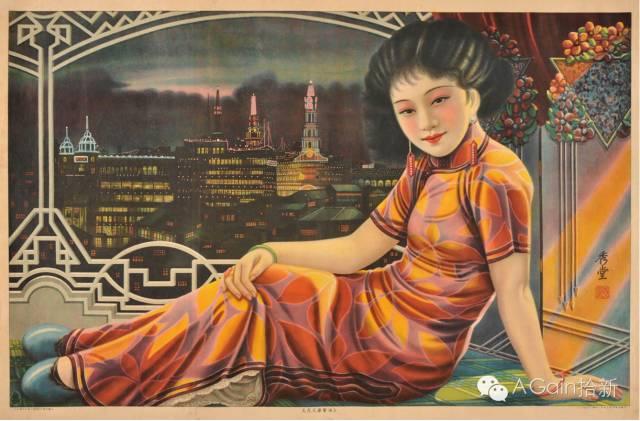Dressing a Lady for Dickens Fair
by Sally Norton, First published for the November/December 2007 issue of Finery Many practical Victorian ladies had two separate bodices for many of their gowns. Both bodices would be made out of material that matched the skirt. This is the perfect solution for those of us wishing to attend an elegant tea and a Victorian ball. One bodice will have […]
Mourning Custom and Ritual
by Sally Norton, First published for the September/October 2007 issue of Finery Victorian mourning customs seem strange to us now, but they grew out of centuries of social ritual. Formal mourning was observed in England for royalty and nobles in Medieval times. As with other practices, those who could afford to copied the upper crust. The 19th century brought together […]
The Allure of Black
by Sally Norton, First published for the November/December 2006 issue of Finery Whitby Jet became extremely popular for jewelry in the 19th century. While some black jewelry was meant to be worn during mourning, black jewelry was fashionable as well, and worn for its beauty. The most prized jet is from Whitby, England where it has been washing up on […]
Fashion and Non-fashion and the Beat Generation
by Sally Norton, First published for the March/April 2006 issue of Finery The 1950s Beat Movement in San Francisco was a non-fashion moment. Clothing was of minimal importance to the San Francisco writers, poets and musicians in North Beach. Words, music and ideas mattered. Clothing was practical, necessary and of little aesthetic value. You would see people wearing ordinary, everyday […]
Learning to Make a Fabric Covered Buckram Hat
by Lynne Taylor-Seavers, First published for the March/April 2006 issue of Finery One of the first millinery projects I ever worked on was a fabric covered buckram hat. As a matter of fact, I took the class at a GBACG workshop. It was my very first contact with GBACG and the costuming community that I now know and love, but […]
Buckram 101
by Lynn McMasters, First published for the November/December 2005 issue of Finery Buckram is an open-weave fabric of cotton or linen that is sized with watersoluble glue. In use for hundreds of years, today it is used in bookbinding, drapery pleats, mask making and hat making. In mask and hat making buckram is used as the substructure and generally covered with fabric. In […]
The Effect of World War I on American Fashion
by Kendra Van Cleave, First published for the March/April 2005 issue of Finery By 1913, the characteristic Edwardian female silhouette, with its tightly corseted body and long skirts, had given way to a straight, high-waisted look that was thought to be more “natural” than previous styles. As the decade progressed, women’s fashions grew less restrictive, and flared skirts, loose jackets, and […]
Notes on the Chinese Cheung Sam
by Mercurio Ekaterin, First published for the November/December 2004 issue of Finery Although often thought of as a quintessentially traditional Chinese garment, the Cheung Sam (aka Qi Pao) is primarily a 20th-century evolution from the Manchurian banner gown. At the turn of the century, the two-piece, loose-fitting shirt and trousers/skirt combination was still common alongside the one-piece banner gown. The […]
So You Want to Be a Superhero?
by Bruce Mai, First published for the September/October 2004 issue of Finery Ever thought of making a superhero costume of your own? Creating an original idea frees you from the trouble of having to recreate a comic-book character. You can design whatever you want, with whatever powers you want. Try starting with a hero who either has a specific mission […]
Pretty Prints, Clever Cottons: 18th·Century Fabrics
by Kendra Van Cleave, First published for the March/April 2004 issue of Finery Many of you may be thinking about creating new garments for the Travelers in Tuscany event on June 5th at Viansa Winery. While silk, wool, and linen were the most plentiful fabrics during the eighteenth century, today cotton is cheap, easy to find, and comfortable for a summer […]
